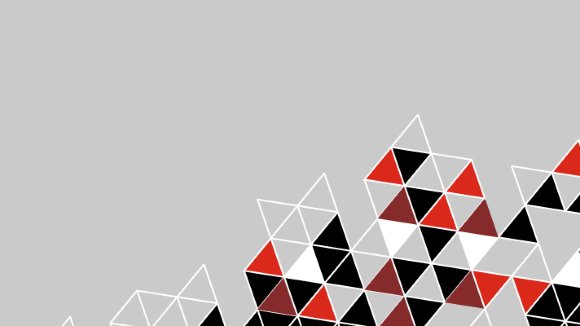Researchers find that frequent tests can boost learning
Too often school assessments heighten anxiety and hinder learning. New research shows how to reverse the trend.
Scientific American (15 July 2015)
Is your child a "group problem solver?" The PISA test will decide
The world's most watched test, the PISA, ventures into a new domain: instant messaging.
Scientific American (15 July 2015)
Schools should teach science like sports
Why the Next Generation Science Standards will succeed.
Scientific American (15 July 2015)
Why cramming gets a "C"
Studies show that spacing out learning over time works best.
Scientific American (15 July 2015)
Science for all
A new breed of schools is closing achievement gaps among students and may hold the key to a revitalized 21st-century workforce.
Scientific American (15 July 2015)
Scientific American Education
At home and citizen science projects for budding researchers.
Scientific American (17 July 2015)

